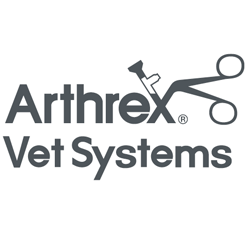Acute and Perioperative Canine Pain Assessment
In the clinic, pain assessment includes appetite, observation of demeanor, behavior, and palpation. Dogs adjust their demeanor, behavior, posture, and movement to minimize pain. Inappetence and calm behavior can represent subtle signs of pain. As with cats, clinical metrology instruments have been developed to capture/measure these behavioral signs, and their incorporation into practice protocols is encouraged. These are for use in the clinic. Findings are converted into a score, such as the Colorado State University Canine Acute Pain Scale or Glasgow short-form Composite Measure Pain scale, which can be tracked over time. No owner-completed assessment tools for acute pain have been developed. Therefore, “at-home” acute pain assessment by the owners should be guided by the veterinary team. Owners know their dogs’ normal behavior. Deviations from that behavior suggest the presence of pain. The review of short videos and photos by the veterinarian can facilitate pain-related conversations.







